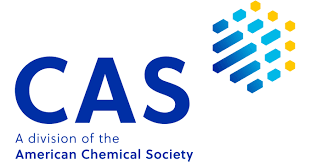Formulation and evaluation of sustained release domperidone hydrochloride transdermal patches to treat motion sickness
DOI:
https://doi.org/10.56770/jcp2022621Keywords:
Antiemetic patch, Extended release, D2 antagonistAbstract
Objective: Transdermal route of drug delivery is superior than oral route because it avoids first pass effect, ensures better patient compliance, reduce dosing frequency especially in extended-release formulation and is easy to use. Domperidone HCl is DA2 receptor antagonistic and is used to prevent nausea and vomiting. The objective was to formulate a domperidone HCl extended-release transdermal drug delivery system to treat motion sickness. Methods: Five different formulations were formed using different solvents (methanol and dichloromethane) and polymers (HPMC and Eudragitl-100) by solvent evaporation method. 500mg of domperidone HCl was added in each patch and dibutyl phthalate was added as plasticizer. A 3% w/v PVA layer was used as backing. All these formulations were evaluated for their physicochemical properties (weight variation, thickness, folding endurance and tensile strength), in-vitro drug release, drug contents determination, any incompatibility between drug and excipients by FTIR and DSC and skin irritation. Results: All formulations exhibited good physicochemical properties and percentage drug release during 24 hours was 79.3%, 97.1%, 96.8%, 74.7% and 59.7% respectively. F-YM showed maximum in-vitro drug release. The optimized formulation (F-YM) followed Korsmeyer Peppas release model with n=0.383 showing that the system was following dissolution dependent drug release. No interaction between drug and excipients was detected by DSC and FTIR. No skin irritation was detected. Conclusion: The extended release transdermal patches of domperidone HCl to treat motion sickness were prepared and formulation F-YM showed optimized behavior with maximum in vitro drug release.
Downloads
Published
How to Cite
Issue
Section
License
Copyright (c) 2022 The authors retain the copyright without restriction.

This work is licensed under a Creative Commons Attribution 4.0 International License.









